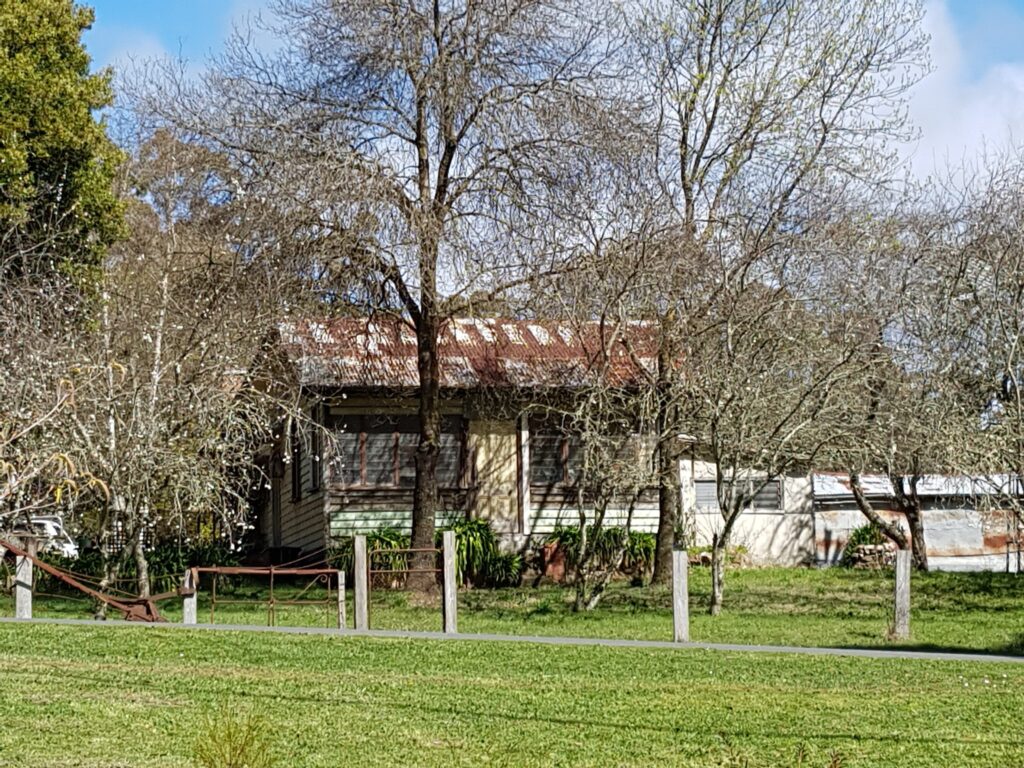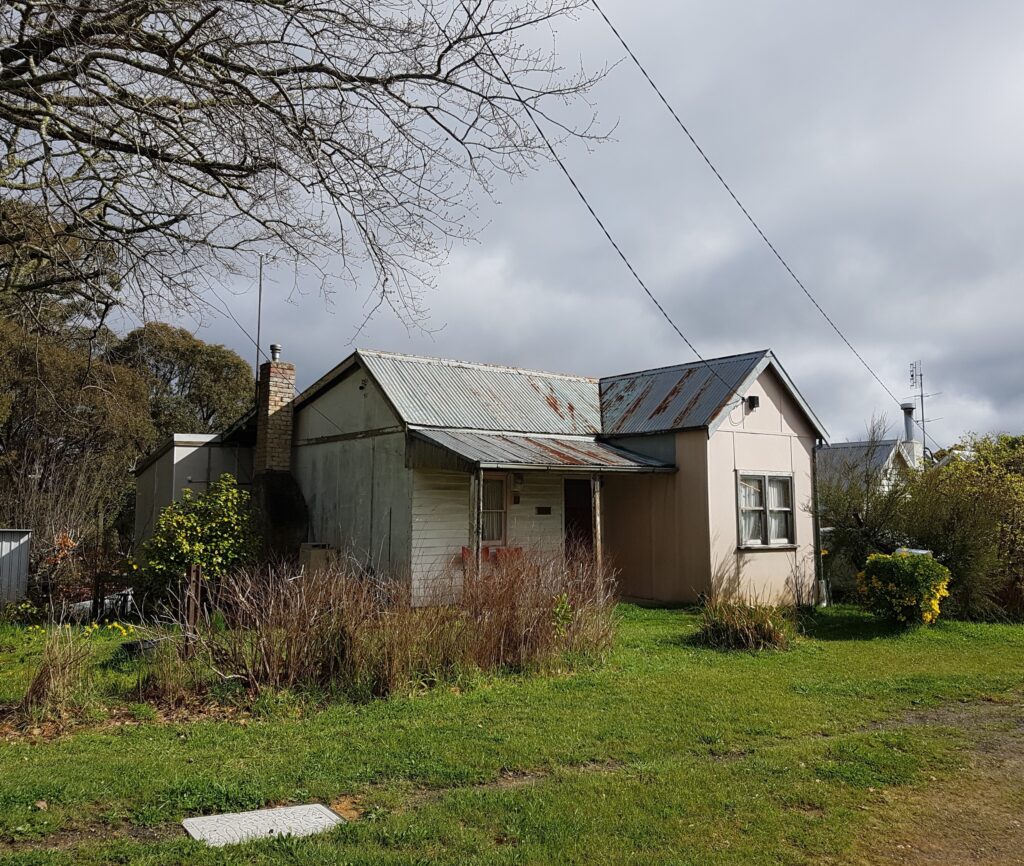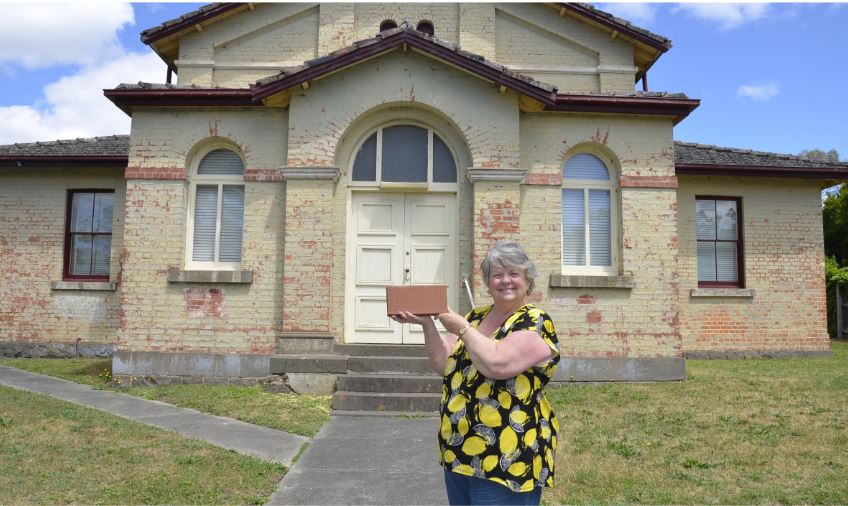September 28th, 2020Design with Indre
There could be several reasons for buying an old house. Financial for one, where an old house is cheaper than a new house. There may be more land included with the old house which is a bonus for many. Perhaps you love its old-world charm and character? Older houses were usually built well with solid materials and had stylistic period features. Perhaps you are a handyperson and love projects and renovations. What could be better than putting your love and effort into your own home?

It is one thing to love an old house but another to take on its restoration. There must be a delicate balance between the renovation’s authenticity and keeping of character and the limitations of available cash.
When looking to buying an old home there are a few things to consider.
Check the house and land values in the area to see if you are getting a good buy. This will also give you an idea for your renovation budget range. You don’t want to overcapitalise if you want to eventually sell. Alternatively, you don’t want any nasty, expensive surprises that will blow your savings. Check for any heritage overlays and factor in costs for inspections, engineering structural inspections and council permits.

When initially inspecting the property, assess the foundations. Take a ball with you to roll across the floor if it looks to have a slope but you are not quite sure. Don’t be embarrassed to do this. Open windows and doors to check for subsidence, as well as checking for rot and flaking paint.
If the house was built before 1950, the paint will contain lead. Built between 1950 and 1978 it may contain lead. Paint samples can be tested so you can be sure you are safe in using extra precautions when stripping and working with the old paint.
Flush toilets and run taps to check water pressure and water colour. You are quite entitled to do these things during your inspection as old rusty or cracked pipes may need to be replaced.
Check the roof, chimney and masonry for repairs. Take a pair of binoculars with you to make it easier. Inside the house, look at ceilings for mould or staining indicating water leakage. Check bathrooms and laundries for mould and odour also.
Never buy a house without getting at least one, preferably two, building inspections done. It is better value to dish out cash on an extra inspection than have a big-ticket flaw missed and end up blowing your money on the repairs.
Renovating can be both overwhelming and satisfying depending upon how much you have bitten off. It is always better to be prepared for as much as you can since you always add 10 per cent minimum on top of your expected expenses for those unforeseen repairs. Old houses in particular hide repair needs.
Tune in to the next article for some old-fashioned renovation suggestions, one of which includes molasses. Interesting.
Indre Kisonas- owner and principle designer- iok design
www.iokdesign.com.au / indre@iokdesign.com.au










